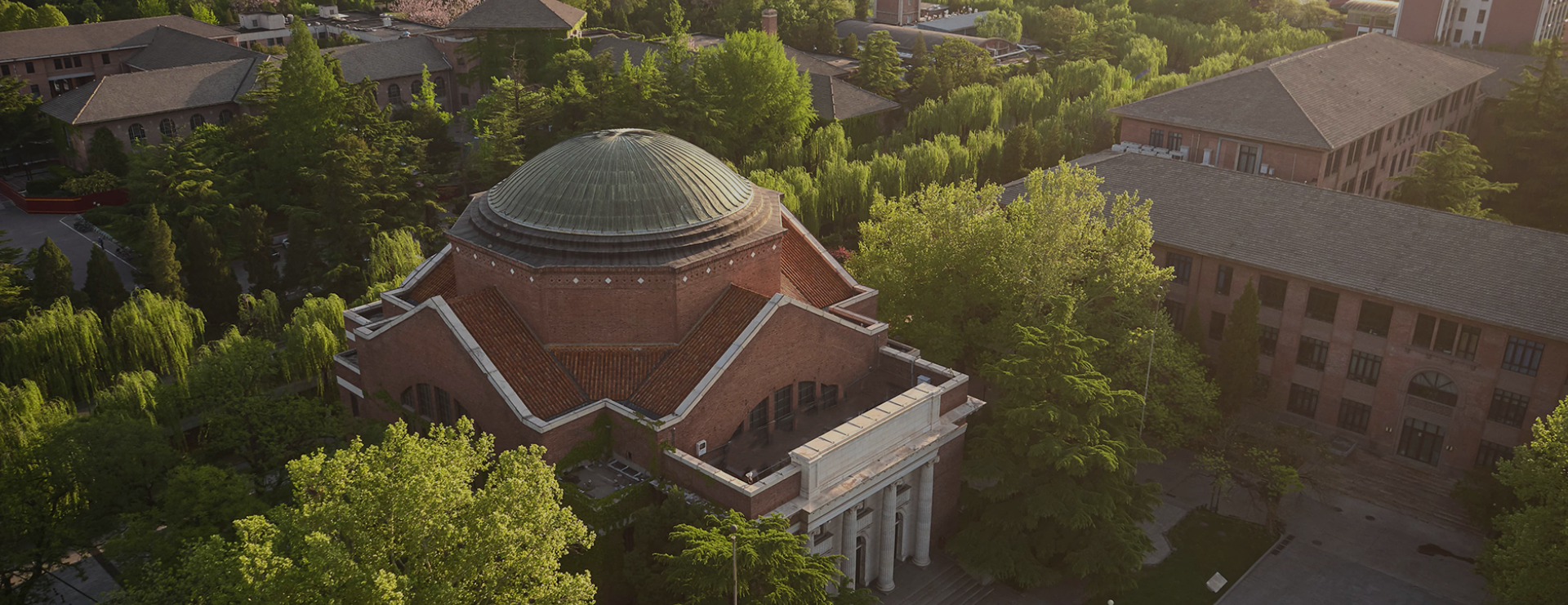Registering an annual growth rate of 5.2% over the past five years, China's economy has achieved a medium-high growth rate given the large economic aggregate, and transitioned to high-quality development. As the country now strives toward its new GDP growth target of around 5% for this year, the adaptiveness and resilience of its economy can be fully leveraged to achieve the objective.
According to Michael R. Powers, a professor in the School of Economics and Management at Tsinghua University, the great strength of China's economy lies in its ability to adapt to changing conditions more rapidly than other economies. Powers attributes this to China's comprehensive approach to managing the economy.
"The Chinese government looks at various components of the economy simultaneously rather than focusing on one then jumping to another," Powers explained in an interview with China.org.cn, saying that this enables China to move quickly under changing circumstances.
Powers also claimed that China excels in conducting targeted policies to address identified problems, a case in point being its successful targeted approach to poverty alleviation. Over the past eight years, China has made significant strides in addressing absolute poverty, lifting nearly 100 million poor rural residents and 832 impoverished counties out of poverty. This also includes the successful relocation of more than 9.6 million poverty-stricken people from inhospitable areas.
Powers proposed that such precision can be applied to assist sectors that are recovering from the COVID-19 pandemic, such as by providing subsidies and preferential tax or credit policies in a precise manner. Otherwise, reckless spending on projects or a lack of targeting in the usage of funds will only trigger the kind of inflation that is currently affecting many countries.
In light of the adaptiveness and precision intrinsic to the Chinese economy, Powers believes that China has set a reasonable, if not slightly conservative, GDP growth target of around 5% in the 2023 government work report.
"China's economic growth rate has been coming down gradually as the country has shifted from an engine of pure manufacturing to an economy that produces higher-quality and more sophisticated goods and services," Powers said. "Therefore, 5% or perhaps over 5% would be the appropriate place for the country to be today."
In particular, as China has optimized its pandemic response measures in view of virus variations, it will embrace pent-up demand and supply as well as an increase in all sorts of economic activities, Powers said in an upbeat tone.
According to the government work report, priority will be given to the recovery and expansion of consumption, and the incomes of urban and rural residents will be boosted through multiple channels. What's more, government investment and policy incentives will effectively drive investment across society.
Powers acknowledged that the Chinese economy may face some challenges from abroad, but he believes that the situation is not as dire as some commentators are suggesting.
"There are unknown changes in demand from foreign countries for Chinese goods and services due to the pandemic and international tensions. Perhaps global businesses want to diversify their suppliers," Powers said. "But China's goods and services are of very high quality. It's not so easy to find alternatives."
Powers also closely follows China's rural revitalization and rural economy, which are closely intertwined with poverty elimination. He noticed in the government work report that steady progress has been made in rural reform and development, and further efforts will be made to advance rural revitalization.
For Powers, the potential of China's rural population needs to be further unleashed, while more opportunities should be provided locally so that rural residents can stay in their hometowns and contribute to rural development rather than move away to the cities.
Editor: Guo Lili

